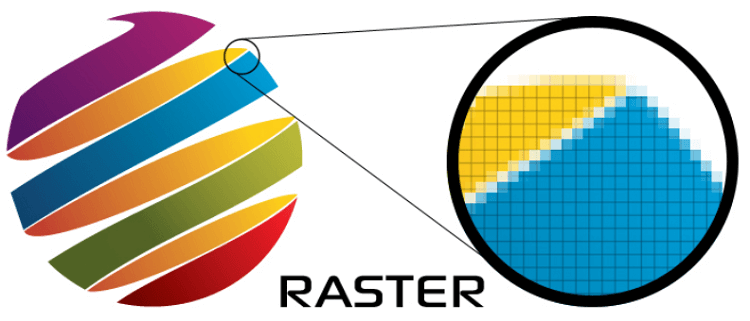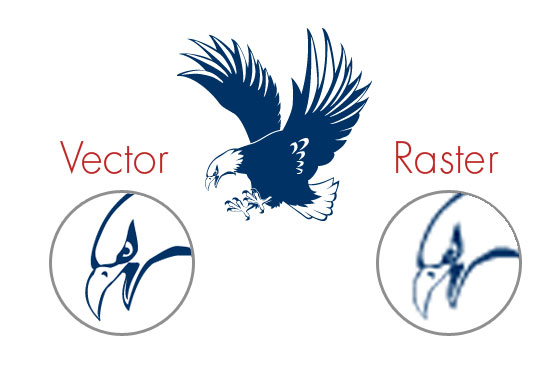

Paths are mathematical lines with points directing them where to go and where to terminate. So know you know about raster images, what makes a vector graphic different? What is a Vector Graphic?Ī vector graphic is composed of paths. We typically use a high resolution like 300ppi in print to ensure images are high quality, but low resolution images like 72ppi on the web for faster loading times, and where quality isn’t as much of a big deal since screens have a maximum resolution as well. Lower resolution has a more manageable file size, but you will be sacrificing quality. Higher resolution will give a crisper image, but will have a much larger file size because of all the extra data. There are advantages and disadvantages to both.

Higher resolution means more pixels to hold more information and therefore, crisper image, and lower resolution meaning less pixels to hold information. What this means, is we’re telling the image how many pixels to put in every inch of the image. Resolution is measured in “pixels per inch” (ppi) for screens, or “dots per square inch” (dpi) for print. Resolution of a raster image is also important, as this is the control we have over the pixels. Ever zoomed in a little too far into a selfie and noticed the little squares that make up the picture of your face? Those are pixels! Pixels are little pieces of colour information that when put together very closely, create an image. Raster images are characterized by its use of pixels. All of your handheld devices, monitors and television screens use raster images. We see raster images every day in modern, 21 st century life. Now what does that really mean? And why does it matter for apparel decoration? Well, here it goes: What is a Raster Image? In simple terms, a raster image is one formed with pixels, and a vector graphic is one formed of paths.


 0 kommentar(er)
0 kommentar(er)
